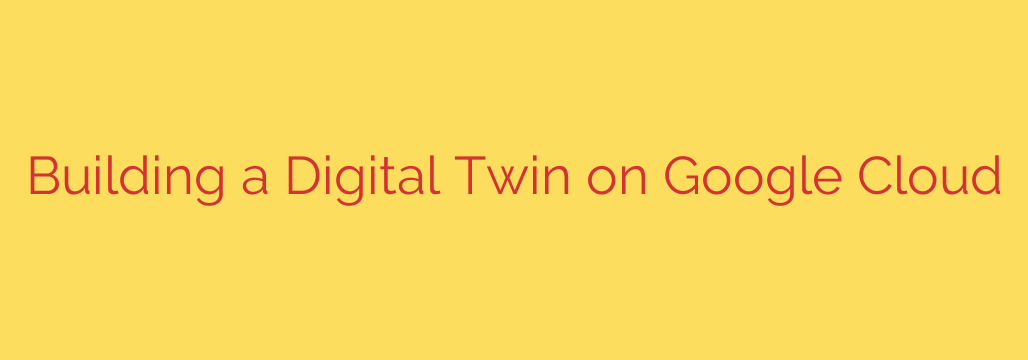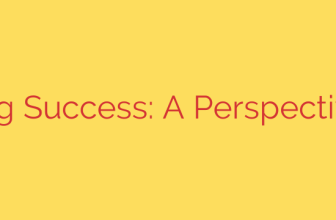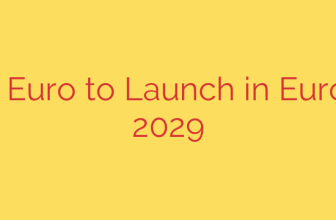
Unlocking powerful operational insights and transforming decision-making begins with creating a comprehensive digital twin. This sophisticated virtual representation mirrors a physical asset, process, or system, integrating various data streams in real-time. By connecting the physical world to the digital realm, organizations gain unprecedented visibility and control.
Building an effective digital twin architecture relies on robust cloud capabilities for data ingestion, processing, storage, and analysis. High-volume, high-velocity sensor data and operational information from IoT devices and enterprise systems are fundamental. This data must be collected reliably, often using scalable messaging services designed for connected devices.
Once ingested, the raw data requires transformation, cleansing, and contextualization. Powerful stream and batch processing tools are essential for preparing the data for modeling and analysis. This refined data is then stored in scalable, secure repositories optimized for different access patterns – from rapid querying for real-time dashboards to large-scale analytical processing.
The core of the digital twin involves creating the virtual model itself. This requires bringing together processed data, historical records, and potentially physics-based models. Machine learning is key here, enabling predictive maintenance, anomaly detection, and performance optimization. Advanced analytics services provide the engine for extracting deep insights from the integrated data, simulating scenarios, and forecasting future states.
Key cloud components often include solutions for IoT connectivity, serverless data processing, highly scalable data warehousing, data lakes, artificial intelligence, and machine learning platforms. These services work together to build a dynamic, living model that evolves with its physical counterpart.
The benefits are substantial: improved operational efficiency, reduced downtime through predictive analytics, enhanced asset performance, optimized resource utilization, and the ability to run complex simulations to test changes before implementation in the physical world. Creating this level of virtual fidelity allows businesses to move from reactive problem-solving to proactive, data-driven strategies, leading to significant cost savings and new opportunities. The journey to a successful digital twin is an investment in future resilience and innovation.
Source: https://cloud.google.com/blog/products/identity-security/how-to-build-a-digital-twin-to-boost-resilience/








